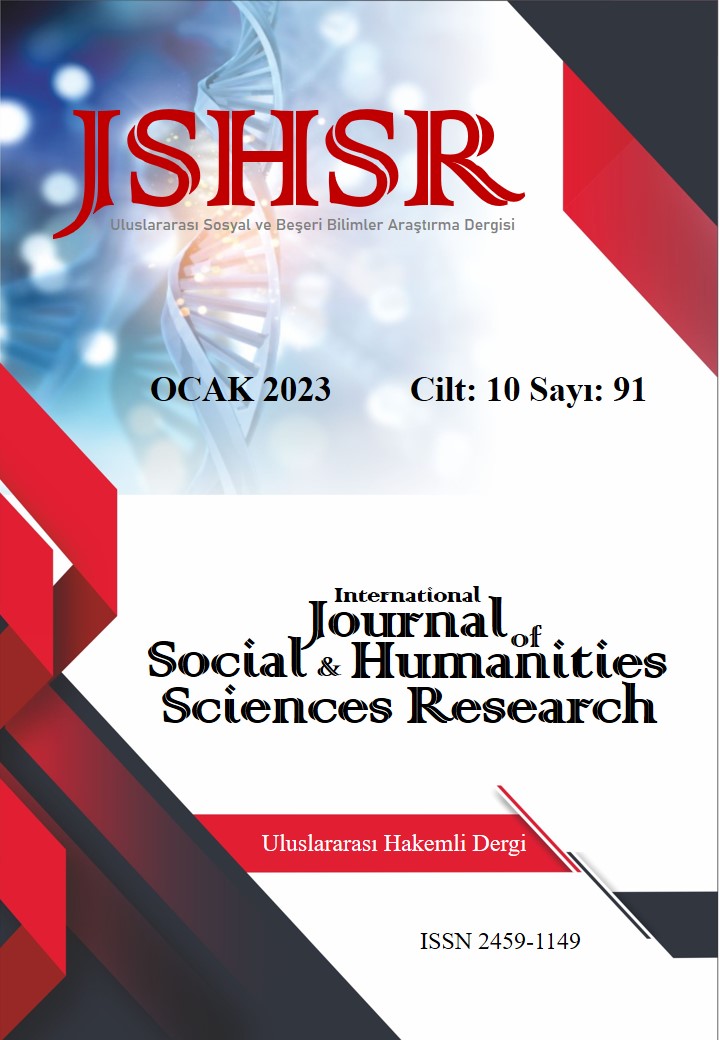ANALYSIS OF PHYSIOTHERAPY AND REHABILITATION DEPARTMENT PROFILE BY YEARS
DOI:
https://doi.org/10.26450/jshsr.3467Keywords:
Physiotherapy and Rehabilitation, Physiotherapy, Education, StudentAbstract
This study, it is aimed to determine the profile of the universities that provide physiotherapy and rehabilitation education in the last 3 years and the students who prefer it. The data in the Higher Education Council Undergraduate Atlas were used. First of all, faculties and colleges providing physiotherapy and rehabilitation education in the state, the Turkish Republic of Northern Cyprus, and foundation universities were determined. Only faculties and colleges in state universities were included in the analysis. The quotas of the universities in 2020, 2021, and 2022, the number of students enrolled, the average net of the settled students in the Basic Proficiency Test and the Field Proficiency Test, and the gender distribution of the students were recorded. It has been determined that there are 100 faculties and 6 colleges in total. 53 of them were state universities. It was found that there are 46 faculties of health sciences, 4 faculties of physiotherapy/physical therapy and rehabilitation, and 3 colleges. The total quota for 2022 was 3926. In total, 3851 students were enrolled. Basic Proficiency Test and Field Proficiency Test averages generally decreased in all universities in 2021 and then increased again. In addition, the number of female students was higher than the number of male students in all universities. As a result, when compared to previous years, it was seen that the number of faculties increased and the departments showed a high occupancy rate. In addition, it was determined that the exam averages of the settled students decreased especially in 2021 and the number of females was more than males.
Downloads
Published
How to Cite
Issue
Section
License
Copyright (c) 2023 INTERNATIONAL JOURNAL OF SOCIAL HUMANITIES SCIENCES RESEARCH

This work is licensed under a Creative Commons Attribution 4.0 International License.


